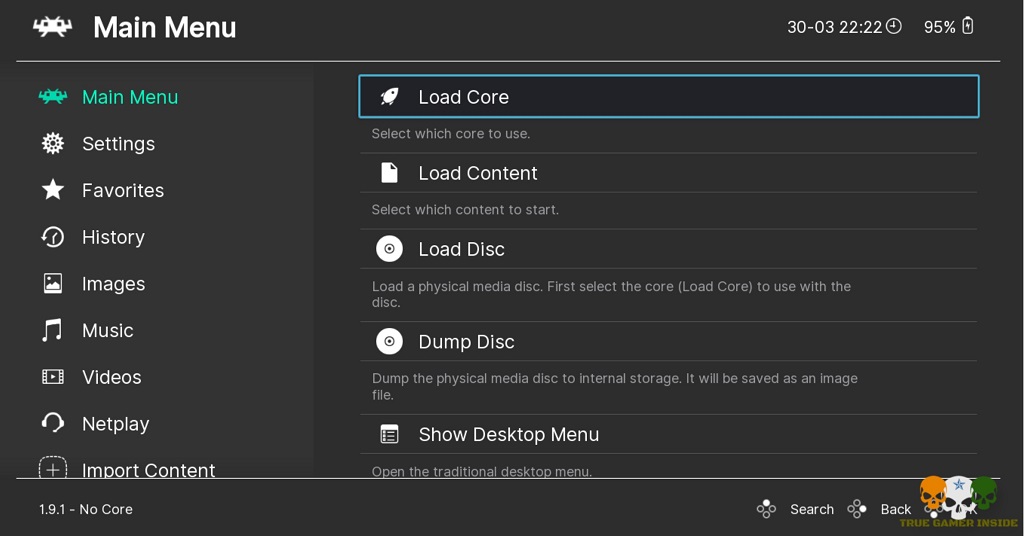

Batocera supports the massive majority of RetroArch's settings, but for the few that it doesn't (such as bleeding edge new features or obscure/forgotten ones), those settings can still be adjusted by editing them directly into /userdata/configs/retroarch/retroarchcustom.cfg as they will not be overwritten (at least, until Batocera supports them as well).
KEYBOARD CONFIGURE IN RETROARCH WINDOWS GENERATOR
In order to use the configuration generator to create a RetroArch setting (letting Batocera know which value is being used, avoiding it being overwritten), follow the _setting=value syntax. Most RetroArch settings not mentioned in the default nf can be edited and saved from within RetroArch itself (accessed by pressing + while in-game in a Libretro core), these will be saved to /userdata/configs/retroarch/retroarchcustom.cfg (with core options being saved to retroarch/cores/retroarch-core-options.cfg instead), however the vast majority of RetroArch settings will be overridden by Batocera at emulator launch. Exceptions will be noted.įor options not already implemented into ES, you can change the file /userdata/system/nf and add the following keys if needed. Most of these settings can instead be changed within EmulationStation. Batocera generates and replaces the lines in this file with every emulator launch, so the better option is to let Batocera know which RetroArch options you would like to use. With ordinary distributions (such as installing RetroArch on Windows), RetroArch is configured by adding/editing lines in retroarch.cfg. You might want to check if the option you want to change has already been implemented into EmulationStation! Most game-related settings are in GAME SETTINGS, but some RetroArch-specific options may be in the DEVELOPER menu.


Latency reduction and optimizing performance.Raspberry Pi: Add power buttons/switches.Sync files across multiple devices (Syncthing).PCman built-in file manager (for Xorg-powered devices).


 0 kommentar(er)
0 kommentar(er)
